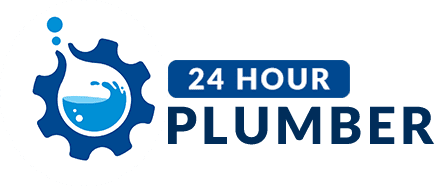Delving into Hot Water Plumbing: Your Ultimate Starter Kit

Plumbing for hot water is a vital aspect of everyday life. It is essential to have hot water for many purposes including showering, cleaning dishes and even doing laundry. In this post, we’ll provide you with a fundamental understanding of the way hot water plumbing functions.
Hot Water Plumbing Basics
The term "hot water plumbing" refers to the plumbing system that distributes hot water to various areas of a building. It is different from cold water plumbing because it requires heating water prior to being distributed throughout the building. The primary components of a hot water plumbing system include the water heater, pipes, fittings and valves. Water heaters are the most critical component of a hot-water plumbing system. It warms water and stores it until it is needed. The pipes transfer boiling hot water out of the water heater to the fixtures, including showers and faucets. Valves control the flow of hot water while fixtures serve to distribute hot water to various parts within the structure.
Types of Hot Water Heaters
There are three primary types of hot water heaters on the market that include tankless, storage tanks and heat pump water heaters. Tankless water heaters heat water on demand and don’t conserve hot water. Storage tank water heaters keep hot water in a tank until it is needed. Heat pump water heaters use electricity to transfer heat from air or ground to warm the water. Each type of hot water heater has its pros and cons. Tankless water heaters use less energy and last longer however they are also more expensive. Storage tank water heaters are less costly, but they have a shorter lifespan and aren’t as efficient in energy use. Water heaters with heat pumps are the most energy efficient, however they may not be suitable for climates with colder temperatures.
Maintenance of Hot Water Pipes
Regular maintenance is crucial for ensuring that your hot-water plumbing system functions properly and efficiently. A few suggestions for maintaining a hot water plumbing system includes checking for leaks and flushing the tank and replacing the anode rod. It is crucial to check for leaks to avoid water damage and to make sure that the hot water plumbing system isn’t wasting water. Cleaning the tank gets rid of sediment and mineral buildup, which reduces the effectiveness in the performance of your water heater. The anode rod is constructed to resist corrosion and must be replaced at least every few years.
Troubleshooting Plumbing Issues with Hot Water
Common issues when plumbing systems are hot include a lack of hot or hot water or low pressure. If you experience a lack of hot water, it may be caused by a malfunctioning heating element or a defective thermostat. A low water pressure could be caused by a clogged pipe or valve. If you experience any of these problems it is recommended you speak with a professional plumber to determine and fix the problem.
Conclusion
Understanding the way that hot water plumbing functions is essential for ensuring your plumbing is functioning correctly and efficiently. Regular maintenance and troubleshooting are crucial to avoid issues and prolong the lifespan of the hot-water plumbing.
Hot Water Plumbing FAQ
How long will a hot water heater last?
The lifespan of hot water heaters varies on the model and type. In general, a storage tank water heater lasts 8-12 years and tanksless water heaters can last for up to 20 years.
What can I do to determine if my hot water heater requires replacement?
Signs that your hot-water heater is in need of being repaired include corrosion or rust in the tank. Other signs include leaks, odd sounds, and a deficiency supply of hot water. If you encounter any of these symptoms, it is recommended that you consult a professional plumber.
